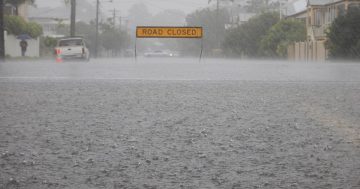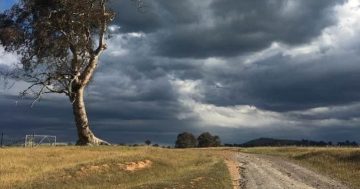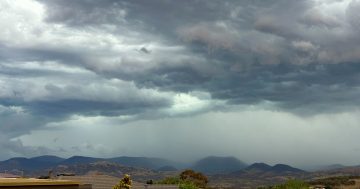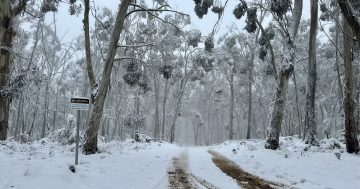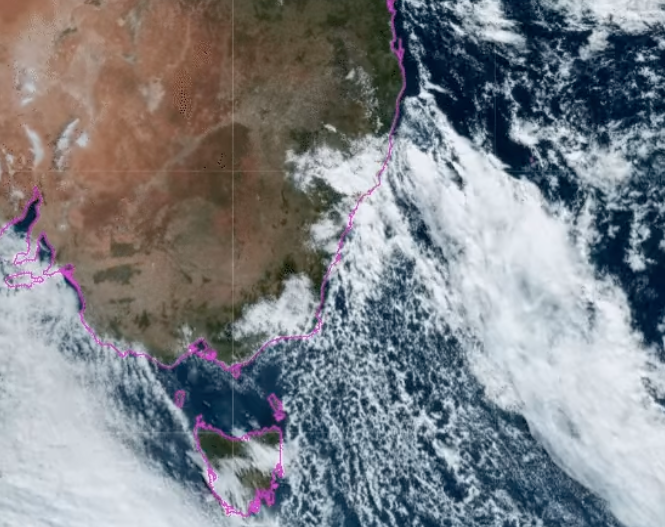
Wagga Wagga recorded its second coldest morning in four years on Sunday, but meteorologists believe it wasn’t necessarily a sign of things to come. Photo: Bureau of Meteorology.
This past weekend you may have felt the need to add an extra blanket or keep the heater running a little longer than usual.
The mercury dropped to -3.1 degrees in Wagga Wagga on Sunday morning [19 May], the second coldest night in almost five years.
Many people across the Riverina recorded frost for the first time this year with some even having their hoses frozen into place.
Fortunately for the people of the Riverina, Bureau of Meteorology meteorologist Hugh McDowell believes the most recent cold front may be the coldest it gets this year.
“We may not get as many mornings as cold as Sunday morning again this year, even through winter.
“What caused the colder than normal weekend was a cold front that went through the southern part of the country.
“There was a significant cool change coming through with cold air out of the Southern Ocean and the Antarctic. When this happens temperatures typically drop off completely compared to normal.”
Mr McDowell said that normally through winter changes of air currents occurred and more currents primarily from the south caused the change in temperature.
Despite being the coldest weekend for several years, Mr McDowell said the Riverina is expected to have a warmer than usual winter.
“The rest of the forecast for winter is actually highly likely to be warmer than average,” he explained.
“The Riverina may still get cold spells like the past weekend again throughout winter but on average the winter months are expected to be warmer on average.
“Normally mornings in the Riverina hover around that zero degrees minimum overnight, whereas this year we can expect closer to one and a half, two degrees.”
The Bureau of Meteorology has also recently announced that it is on La Nina watch, with higher than usual rainfall expected for winter.
“The long-range forecast for June to August is showing an increased chance of above average rainfall for parts of eastern Australia, and parts of Western Australia and South Australia,” Bureau of Meteorology Climate Manager Dr Karl Braganza revealed.
“June to August maximum and minimum temperatures are very likely to be above median across all states and territories.”








